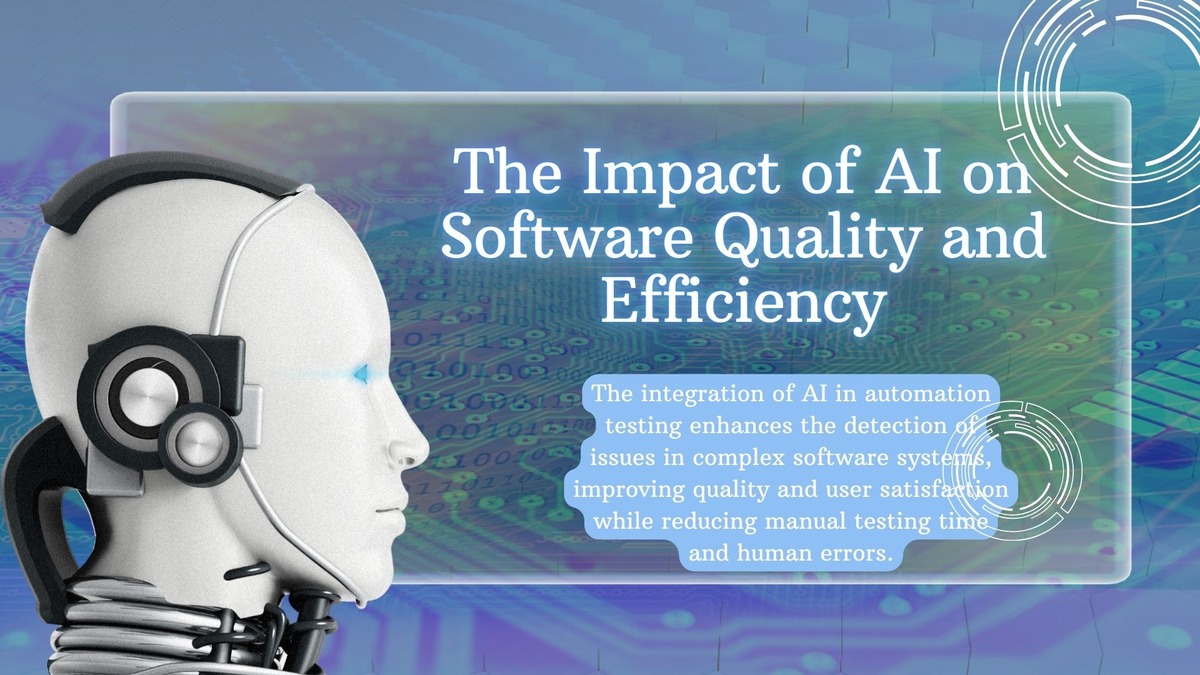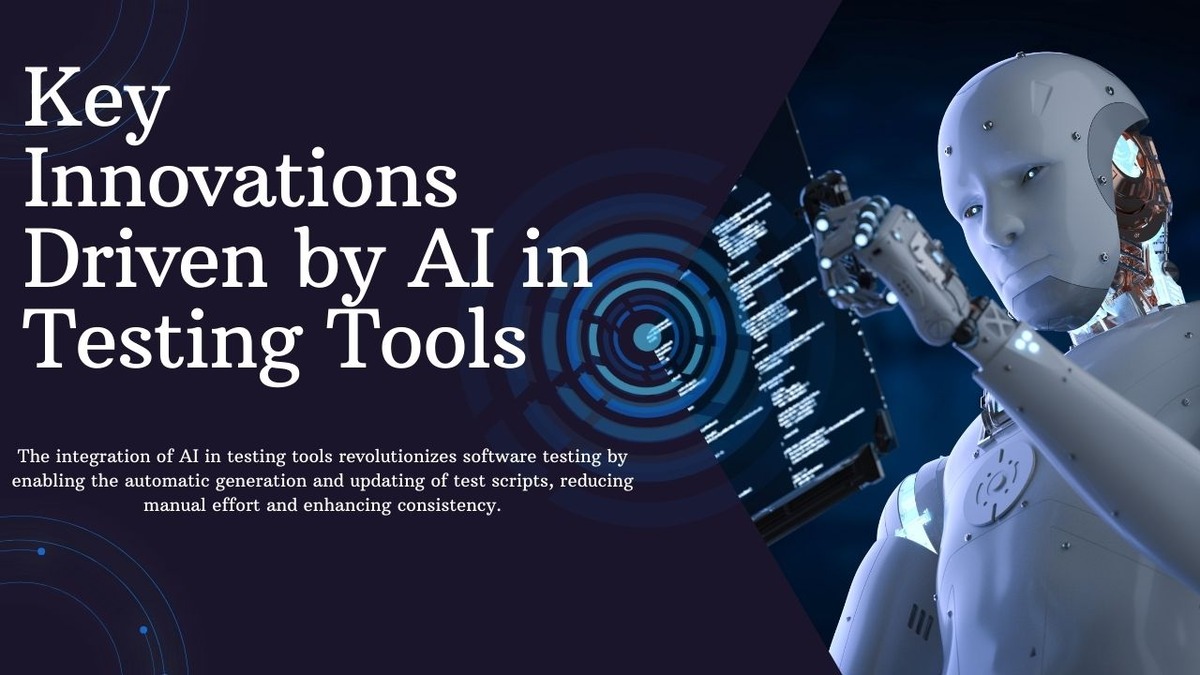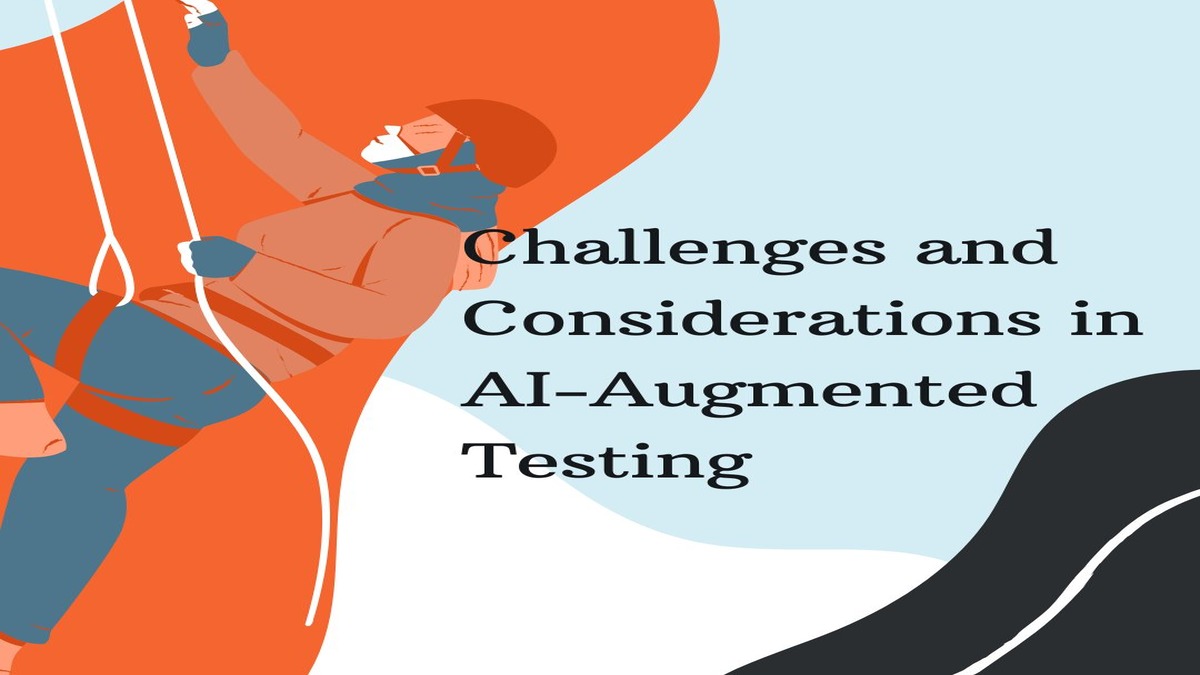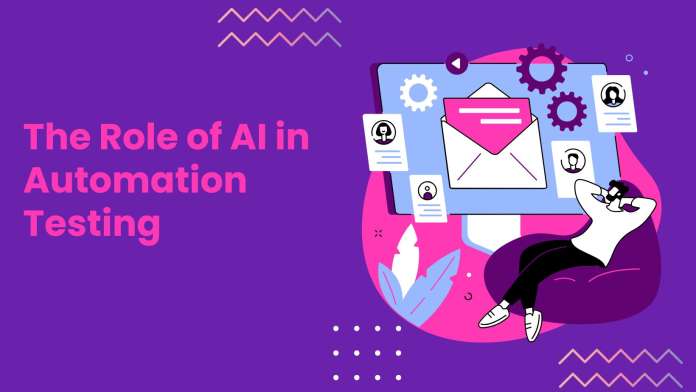In recent years, artificial intelligence (AI) has become a pivotal force in reshaping various industries, and software testing is no exception. Automation testing, once a manual and time-consuming endeavor, is now benefitting from AI’s capabilities to enhance speed, accuracy, and efficiency. But what exactly does AI in automation testing entail?
AI in automation testing leverages machine learning algorithms and predictive analytics to streamline the testing process. These advanced techniques allow testing tools to learn from historical test data, identifying patterns and predicting future outcomes. This means that AI can automatically generate test scripts, identify potential bugs, and optimize testing strategies without human intervention.
Transforming Automation Testing: The Impact of AI on Software Quality and Efficiency

The integration of AI in automation testing is particularly useful in dealing with complex and large-scale software systems. By using AI, testers can ensure faster and more accurate detection of issues, leading to improved software quality and user satisfaction. This shift towards AI-driven testing not only reduces the time spent on manual testing but also minimizes the human errors often encountered in traditional testing processes.
-
Role of AI in Modern Testing:
In essence, AI is transforming automation testing into a more intelligent, efficient, and reliable process. As the technology continues to evolve, it promises to revolutionize the way we approach software testing, setting new standards for quality and speed. For businesses seeking to stay competitive, embracing AI in their testing methodologies is becoming not just an option, but a necessity.
-
Automation Testing with AI:
In recent years, AI has significantly transformed the landscape of automation testing, primarily by enhancing testing efficiency. Traditional testing methods can be labor-intensive and time-consuming, often requiring extensive scripting and manual oversight. AI, however, introduces intelligent automation, streamlining these processes by learning from past data and making smart predictions.
-
Adaptability and Efficiency in Testing:
AI-driven testing tools can automatically generate and execute test cases, identify patterns, and adapt to changes in real-time. This dynamic adaptability allows teams to quickly address any issues that arise, reducing the time spent finding and fixing bugs. Moreover, AI can handle large volumes of test data with precision, ensuring thorough coverage without sacrificing speed.
-
Optimizing Testing with Machine Learning:
The use of machine learning algorithms further optimizes testing cycles by identifying redundant or ineffective tests. AI tools can prioritize test cases based on risk assessment, directing more resources to critical areas that need attention, which ensures higher software quality and reliability.
-
Enhancing Clarity and Decision-Making with AI
Additionally, AI demystifies complex testing scenarios by offering clear, data-backed insights into system behavior. This transparency allows developers and testers to make informed decisions promptly, enhancing workflow efficiency.
-
Impact of AI on Testing Effectiveness:
Overall, AI not only accelerates testing processes but also boosts their effectiveness. By minimizing human error and cutting down on repetitive tasks, AI empowers teams to focus on creative problem-solving and strategic improvements, leading to robust and reliable software products. Embracing AI in testing is an investment towards a more efficient, future-ready development cycle.
Key Innovations Driven by AI in Testing Tools

The integration of artificial intelligence in testing tools has revolutionized the way software testing is conducted. One of the most significant innovations is AI’s ability to create smarter, more efficient test scripts. Traditionally, test script generation has been a time-consuming task, often requiring human intervention for updates and maintenance. However, AI-powered tools can now analyze code changes and automatically update test scripts, enhancing consistency and reducing manual effort.
-
Predictive Analytics in Software Testing:
AI also introduces the concept of predictive analytics in testing. By analyzing past test data, AI can forecast potential defects and pinpoint high-risk areas in the software. This predictive capability allows teams to focus their testing efforts more effectively, addressing issues before they become critical. It’s a proactive approach that can significantly improve the quality of software releases.
-
Adaptive Testing with Machine Learning:
Machine learning algorithms in AI testing tools facilitate dynamic and adaptive testing. They learn from previous test cycles to predict the most efficient test paths, optimizing test coverage and minimizing redundant tests. This adaptability ensures that the most crucial tests are prioritized, even as software complexity increases.
-
AI-Powered Visual Testing for Consistent UX:
Visual testing is another innovation where AI excels. By comparing screenshots and GUI elements, AI tools can detect subtle visual discrepancies that might be overlooked by human testers. This ensures a smoother user experience by maintaining consistent visual standards across updates.
-
Role of AI in Modern Testing:
Incorporating AI into testing tools brings about smarter test management, increased test accuracy, and faster defect identification, making it an essential asset in modern software development processes.
Benefits of Integrating AI into Testing Processes

Integrating AI into testing processes offers a multitude of benefits that significantly enhance the effectiveness and efficiency of software testing. One of the primary advantages is improved accuracy. AI algorithms can swiftly analyze vast amounts of data, identify patterns, and detect anomalies that might be overlooked by human testers. This leads to more precise identification of bugs and errors, reducing the chance of defects making their way into the final product.
-
Speeding Up Testing with AI Automation:
Moreover, AI-driven automation testing dramatically increases testing speed. Machine learning models can execute repetitive tasks much faster than manual testing procedures, enabling quicker releases without compromising quality. This acceleration is particularly beneficial in agile development environments where rapid iterations are essential.
-
AI-Optimized Test Cases:
AI also brings intelligence to test case creation and maintenance. By learning from previous test executions, AI can suggest optimizations and automatically update test cases to align with code changes, thus reducing the maintenance overhead on testers. This adaptability ensures that the tests remain relevant throughout the software lifecycle.
-
Efficient Resource Allocation Using AI:
Additionally, incorporating AI allows for smarter resource allocation. By predicting the areas most likely to have defects, AI helps prioritize testing efforts, ensuring that critical functionalities receive the attention they need.
-
Streamlined Testing with AI:
In summary, AI integration streamlines testing processes, enhances accuracy, and reduces time-to-market. These benefits not only improve software quality but also deliver better user experiences, making AI an indispensable asset in modern testing methodologies. Integrating AI into testing doesn’t merely keep pace with change; it propels organizations ahead of the competition by fostering innovation and efficiency.
Challenges and Considerations in AI-Augmented Testing:

While the integration of AI in automation testing offers numerous advantages, it also presents a set of challenges and considerations that can impact its effectiveness. Understanding these hurdles is crucial for businesses looking to harness AI-driven testing solutions.
-
Complexity of AI Algorithms in Testing:
One primary challenge is the complexity of AI algorithms. While AI can dramatically improve test accuracy and efficiency, it often requires specialized knowledge to implement and manage effectively. Development teams may need to invest in training or hire AI specialists, which could increase costs and project timelines.
-
Importance of Data Quality for AI-Driven Testing:
Another consideration is the quality of the data used for training AI systems. AI models depend heavily on the data they’re trained with; thus, poor-quality data can lead to unreliable or biased test results. Ensuring that data sets are diverse, accurate, and relevant is essential to obtaining reliable outcomes from AI.
-
AI Transparency and Interpretability Issues:
Additionally, there’s the challenge of maintaining transparency and interpretability. AI algorithms can sometimes act like a ‘black box,’ making it hard for developers to understand and trust the decisions made by these systems. This lack of transparency can hinder debugging and optimization processes.
-
AI Integration Challenges in Testing:
Finally, integrating AI into existing testing frameworks may pose compatibility issues. Companies need to assess their current infrastructure to ensure that AI tools can be seamlessly incorporated without causing disruption.
-
Overcoming Challenges:
Despite these challenges, careful planning and execution can lead to significant improvements in test efficiency and accuracy, making AI a valuable asset in modern testing strategies. By anticipating these issues, businesses can more effectively leverage AI’s potential in automation testing.
Conclusion: Embracing AI for Enhanced Testing Experiences:
Incorporating AI into the testing process is no longer a futuristic concept—it’s a present-day reality offering substantial advantages. As organizations strive for more efficient, accurate, and reliable testing methods, AI emerges as a powerful ally. By embracing AI-driven tools, businesses can significantly reduce manual effort, improve test coverage, and accelerate the testing lifecycle. This not only leads to faster software releases but also enhances product quality and user satisfaction.
AI’s predictive capabilities enable teams to identify potential defects earlier in the development process, mitigating risks and reducing costly post-release fixes. Additionally, machine learning algorithms improve over time, becoming more adept at identifying patterns and anomalies, which further refines the testing process.
However, successfully integrating AI into testing workflows requires thoughtful planning and a keen awareness of potential challenges. From ensuring data quality to addressing the need for skilled personnel, careful consideration is essential. By proactively addressing these hurdles, organizations can unlock the full potential of AI-driven testing solutions.
Ultimately, embracing AI in automation testing is a strategic move that positions companies at the forefront of innovation. It empowers teams to deliver top-notch software products while optimizing resources and fostering a culture of continuous improvement. As more companies recognize the value of AI, those who adapt swiftly will gain a significant competitive edge, ensuring their place in a rapidly evolving technological landscape.
Read More: Top 10 Popular SaaS Marketing Blogs in 2024

